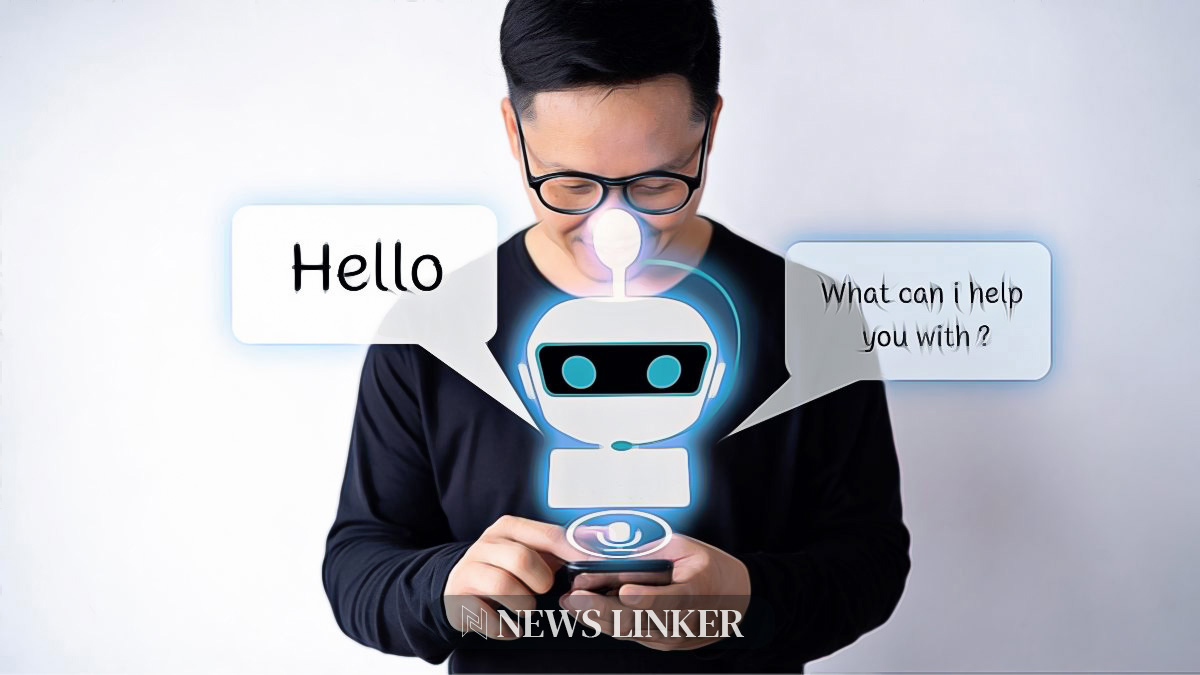The quest for streamlined software interaction has led to innovations like WorkArena and BrowserGym, which aim to automate web-based tasks using large language models (LLMs). These platforms present a vision of digital workspaces where technology is not only efficient but also inclusive, aiding users in executing repetitive tasks or those with complexities that often lead to productivity loss. By utilizing LLMs to engage directly with user interfaces, these automated assistants offer a new level of task execution and assistance, promising a transformative change in the way users interact with enterprise software.
For years, the automation of tasks in software systems has been an ongoing endeavor, with APIs playing a vital role in facilitating programmatic interactions. However, these traditional methods have limitations in terms of transparency and universal accessibility. The continuous evolution in this field has seen the advent of UI assistants that are set to overcome these barriers. These solutions are particularly crucial for individuals with disabilities, for whom the digital workspace may pose significant challenges.
What Makes WorkArena and BrowserGym Stand Out?
WorkArena stands out by providing a comprehensive benchmark of diverse tasks on the ServiceNow platform, which evaluates the effectiveness of UI assistants. BrowserGym, in contrast, offers a development environment for web agents, with extensive actions and multimodal observations. These environments demonstrate the versatility and adaptability of automated assistants, paving the way for varied levels of automation and user control.
How Are Automated Assistants Enhancing User Experience?
The new paradigm of automated assistants directly manipulating UIs results in greater transparency and adaptability, enhancing user control over automation levels. This modularity in automation is akin to that of autonomous vehicles, with varying degrees of autonomy available. It showcases the potential of UI assistants to reshape the landscape of knowledge work by making it more transparent and user-friendly.
What Challenges and Opportunities Lie Ahead?
Despite the promising preliminary evaluations of current agents, achieving full task automation remains a challenge. Complex UI interactions, in particular, highlight a performance gap that requires further research and innovation. As research continues, the hope is to realize the full potential of UI assistants and revolutionize the interaction between individuals and enterprise software.
Useful Information for the Reader
- WorkArena establishes a benchmark for evaluating UI assistants on the ServiceNow platform.
- BrowserGym supports the development of web agents with a focus on complex interactions.
- Automated assistants offer varying levels of user control, from assistance to full automation.
The integration of UI assistants into digital workspaces is poised to change the way we interact with technology fundamentally. Platforms like WorkArena and BrowserGym leverage LLMs to automate web-based tasks, aiming to boost productivity, enhance user experience, and facilitate greater accessibility. This innovation reflects a significant step toward the automation of digital workspaces, addressing challenges and charting a course for future developments that will likely benefit users across various industries.










